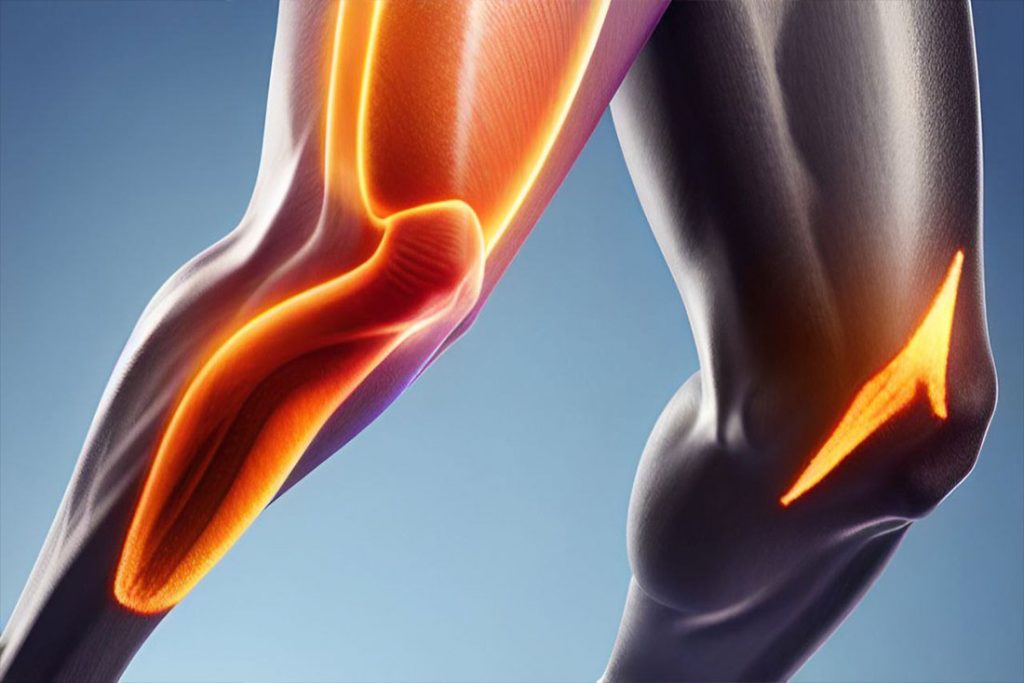Understanding Joint Pain: Causes and the Complex Network of Joints in the Human Body
Joint pain is a common ailment that can significantly impact a person’s quality of life. Contrary to popular belief, joint pain is often caused by inflammation in the tissues surrounding the joint rather than the joint itself. This article aims to provide a comprehensive understanding of joint pain, including its causes, the role of inflammation, and the remarkable network of joints present throughout the human body.

Joint Pain
The Complexity of Joints: A Vast Array of Movable and Semi-Movable Connections
The human body boasts an intricate network of joints, enabling movement, stability, and flexibility. These joints vary in structure, function, and mobility. Here are key points regarding the diverse nature of joints:
1. Types of Joints: Joints are classified based on their structure and the degree of movement they allow. The three primary joint types are fibrous (immovable), cartilaginous (partially movable), and synovial (freely movable).
2. Synovial Joints: Synovial joints are the most prevalent in the body and allow for a wide range of movements. Examples include the hinge joint in the elbow and the ball-and-socket joint in the shoulder and hip.
3. Number of Joints: The human body contains over 230 movable and semi-movable joints. These joints are present in various locations, including the limbs, spine, pelvis, and even within the skull.
4. Joint Structure: Joints consist of bone ends covered by articular cartilage, which provides a smooth surface for frictionless movement. Ligaments, tendons, and synovial fluid further contribute to joint stability, support, and lubrication.
Understanding Joint Pain: Inflammation and Causes
While joint pain is often associated with the joint itself, it typically originates from inflammation in the surrounding tissues. Here are key insights into the causes and mechanisms of joint pain:
1. Inflammatory Conditions: Numerous inflammatory conditions can affect the tissues surrounding joints, leading to pain. Examples include arthritis (such as rheumatoid arthritis and osteoarthritis), bursitis, tendinitis, and synovitis.
2. Cartilage Degeneration: In some cases, joint pain arises from the breakdown of articular cartilage, as seen in osteoarthritis. The loss of cartilage can cause bone-on-bone friction, leading to pain, stiffness, and reduced joint mobility.
3. Injury and Trauma: Joint pain can result from acute injuries, repetitive strain, or overuse. Sports injuries, accidents, and activities involving repetitive motions can damage the joint structures, leading to pain and inflammation.
4. Infection: In rare cases, joint pain may be due to infections, such as septic arthritis. Bacterial, viral, or fungal infections can trigger joint inflammation and cause localized pain.
Managing Joint Pain: Treatment and Lifestyle Interventions
Addressing joint pain involves a multidimensional approach aimed at reducing inflammation, managing symptoms, and improving joint function. Here are common strategies for managing joint pain:
1. Medications: Nonsteroidal anti-inflammatory drugs (NSAIDs), corticosteroids, and analgesics may be prescribed to alleviate pain, reduce inflammation, and improve joint function.
2. Physical Therapy: Targeted exercises, stretching, and joint mobilization techniques prescribed by a physical therapist can strengthen muscles, improve joint stability, and enhance range of motion.
3. Lifestyle Modifications: Maintaining a healthy weight, engaging in regular low-impact exercise, adopting joint-friendly activities, and implementing ergonomic practices can minimize joint stress and optimize overall joint health.
4. Assistive Devices: The use of assistive devices, such as braces, splints, and walking aids, can provide support, relieve joint strain, and enhance mobility.
5. Alternative Therapies: Complementary approaches like acupuncture, massage therapy, heat and cold therapy, and herbal supplements may offer symptomatic relief for some individuals.
Joint pain, often attributed to inflammation in the tissues surrounding the joint, can significantly impact an individual’s daily life. With more than 230 movable and semi-movable joints distributed throughout the body, the complexity of joint function and potential pain sources becomes apparent. Understanding the causes and mechanisms of joint pain allows for more effective management and treatment strategies. By adopting a comprehensive approach that combines medical interventions, lifestyle modifications, and targeted therapies, individuals can find relief, enhance joint health, and regain their overall well-being. Consulting with healthcare professionals is crucial for accurate diagnosis, personalized treatment plans, and long-term joint health management.











